What Damage Is Your Leadership Style Doing?
I have one more set of Leadership Languages to share with you.
Just before I do, let me remind you of why they matter.
Every leader has their own way of doing things. There’s nothing wrong with having your own leadership style, assuming you’re not trying to model yourself after any of the mustached dictators of the twentieth century.
At the same time, it’s important to realize... your style can have massive unintended consequences for you.
It could be damaging your own credibility, as well as sapping your team’s motivation, productivity and their willingness to listen to your direction.
The reason for this is... members of your team also have their own unique way of receiving leadership.
Let’s take the idea of accessibility. This is all about how available you like to be, and how visible you make your presence.
Maybe you tend to be a solo operator. You prefer to lead a team who can figure things out on their own and just get the job done without constant supervision. You tend to give from the Leadership Language of “Autonomy.”
You like to lead from a distance. Maybe you only want to hear from your people in an emergency… like… if the office burns down, you’re OK with them sending you a brief email about it.
“Hi boss… FYI… office reduced to ashes. Also, (completely unrelated, I promise)... can I have this Friday off?”
On the other hand, maybe you prefer to be highly accessible. You like to interact with your people in their world.
In that case, you give from the Leadership Language of “Proximity.” It’s important for you to be there with them in the trenches. This is how you show them you see what they’re up against (and also what they’re up to, especially after that completely not-approved-by-you “office golf” tournament turned into a major health and safety incident).
“Proximity” isn’t about physical presence or closeness, especially not after this COVID mess, it’s more about whether you give people line of sight into what you’re doing, or if you have a clear line of sight into their world.
But remember I told you… like, two minutes ago in a big, bold font… that your style of leadership can have massive unintended consequences for you?
Let’s see how this could be true, by shining a spotlight in the face of two of your team members... metaphorically speaking of course.
For example, let’s take Jo. (And by the way, thank you for hiring people with really short names. You’re making my blogging life a lot easier.)
Jo works best when she knows you’re accessible and available to support the team… and when she sees your decisions are informed by what’s happening on the ground. Jo’s Leadership Language is “Proximity.”
Here’s what this means: if you’re invisible or unavailable for long periods of time, or don’t seem to understand Jo’s work, she will begin to doubt that you know what’s really going on… and she may start to resist your direction. In her eyes, your credibility will tumble.
Or let’s take Sam. Sam likes working independently and is happiest when you give him the space to work how he likes. He appreciates a leader who recognizes this. Sam’s Leadership Language is“Autonomy.”
However, if you’re a “Proximity” person… constantly checking up on Sam and entering his world to talk about what he’s working on, he may feel you’re micro-managing him. Which is always fun... right? He may also feel you don’t trust him, which breeds frustration.
The unintended consequences of your style of leadership often translate into more serious things: your credibility evaporating, the team’s productivity tanking, dissatisfaction, resentment and resignations.
Now, I haven’t given you any “solutions” in these blog posts, because the first and most important step is to become aware of the real impact of your language, and then to identify which Leadership Languages you tend to use, which is what the quiz is for.
There is no point having solutions to a problem you don’t see in the first place.
Besides, I have one more critical insight I want to share with you about Leadership Languages… which I’ll reveal in the next post.











